ISTANBUL – For the past six months, we have all witnessed the brave struggle of Iranian citizens against the oppressive government.
At first, they wanted to have their votes in the June 2009 Presidential election counted. Many believed that there was vast fraud in the vote count and that the real winner of the election was former Prime Minister Mir Hossein Moussavi. Millions went into the streets asking: “Where is my vote?”
A coalition of former high-ranking officials, who felt their own interests and position was threatened by a coup by Ahmadinejad and his former Revolutionary Guards colleagues and backed by Supreme Leader Khamenei, joined ranks in urging an investigation to be launched into the allegations of vote fraud. This coalition included: Mohsen Rezaie, former head of the revolutionary guards and a presidential candidate, former President Rafsanjani, former President Khatami (who had endorsed Moussavi), former Majles speaker and presidential candidate Mehdi Karroubi and Mir Hossein Moussavi himself.
However, what has now come to be known as Iran’s Green Movement (after the color of Islam and the color of Moussavi’s election material) showed quickly that their demands were way beyond that of these former regime officials who continue to remain committed to the existence of the Islamic Republic and the position of the supreme Leader (Velayat-e-Faghih). All of these figures were and are against the Ahmdinejad government but all continue to support the Islamic Regime in one form or another.
The chants of the protestors in the streets quickly changed and became far more radicalized from “where is my vote?” to “Death to the Dictator (meaning Ahmadinejad) and finally after the endorsement of the Ahmadinejad election by the Supreme Leader to a red-line that had never been crossed before: “Death to Khamenei!” And “Death to Israel, Death to America” were replaced by angry chants of “Death to Russia, Death to China” the two principal opponents of implementing a sanction regime against the Islamic Republic and two of the earliest countries to recognize Ahmadinejad’s re-election.
Rezaie, the former revolutionary guard leader, was the first to back down and endorse the Ahmadinejad government. He was quickly followed by Rafsanjani, who after a failed attempt to remove Khamenei as the Supreme Leader and the arrest of his daughter realized that he can no longer play the role of king-maker. Next up was Khatami, who quickly grew quiet, stopped signing joint pronouncements with Karroubi and Moussavi and signed with a US-based speakers bureau to be able to leave the country for a lecture tour should he find himself in harm’s way.
Moussavi and Karroubi, however, have remained strong and brave. They continue to join the demonstrators (although they are not organizers but merely participants) and through interviews and pronouncements have shown that they are willing to stand with the people as they attempt to exercise their freedom of speech and assembly. However, they continue to remain loyal to the regime, the supreme leader, the constitution and are willing to live with a reformed Islamic Republic. This is not however, what the people of Iran want when they chant: “No Shah, No Mullah, an Iranian Republic!”
So what is it that they want? Who are the leaders? And can we or should we help them?
To attempt to find the answers to these questions, last week, I headed to the region to meet some of the more than 2000 newly arrived political refugees that have left Iran since the June 2009 riots and some political activists that came to see me from Iran. What follows is a summary of what I heard and observed:
The political activists initially had hoped to elect a President (Moussavi) and then a Parliament in a free and fair election within the confines of the current system. That new government, in their view, would then vote to remove the position of the Supreme Leader, and the Regime, through an evolution, would become an Iranian Republic. After being robbed of their votes, however, they have come to realize that this very experiment in evolutionary change had failed once before. After all, Iranians voted over-whelmingly for Khatami in 1997, voted overwhelmingly for a reformist parliament and provincial and city councils in the Khatami era, only to have even minor reforms thwarted, the student uprising of 1999 crushed, leaving an Islamic Republic more dictatorial, militaristic and with less political freedom than ever before.
Now, after more than 100 deaths, 3000 arrests and disappearances, countless rapes, they have realized that the regime apparatus, the intelligence agencies, the multi-billion dollar machine known as the Revolutionary Guards and hundreds of thousands of Bassij Militia members on government welfare who are happy with the status quo will not go quietly into the night.
In the utterances of Moussavi about reconciliation, they are having a déjà vu of Khatami again. The political activists and the political elite (not the average man in the streets) have come to realize that Moussavi is not the man that will lead them to democracy and freedom. So do they want regime change? No, they insist. They have made that mistake before. They claim they don’t want much. They just want the removal of the position of the Supreme Leader, the Guardian Council, the Assembly of Experts, the Expediency Council and abolishment of the Revolutionary Guards Corp and the Bassij Militia!
In other words, they want regime change. They are not quite ready to say it. And why is that? They lack the organization, leadership and support to bring about regime change and do not want to get their hopes up.
They lack organization because although the overwhelming majority of the people know what they don’t want (Khamenei and Ahmadinejad), they have not quite figured out what they do want. Although, with each death, with each arrest, I kept hearing a very famous Iranian saying: “You die once and you mourn once, Marg yek bar, shivan ham yek bar” meaning now that they are killing, raping, arresting and torturing us, we might as well go for the overthrow of the Regime even if that was not our intention at the beginning. If the opposition is to become more organized, this decision to overthrow the Islamic Republic must become the rallying cry of the People and not just the political elite and cyber-activists who spend their time on laptops in Iran, UAE, Turkey, Germany, Sweden, Canada and the US.
The problem of leadership is far more complicated. No major leader has yet emerged. Any worthy leader has already been arrested or assassinated over the past 30 years. Those inside who have bravely organized rallies and protests like Heshmat Tabrazadi are more famous and popular in the outside world than inside Iran.
Shockingly, more and more Iranians (after claiming to be worthy of being leaders themselves only if I can arrange a meeting with the CIA or the MI-6!)are looking for direction to the political leaders in exile. Amongst other names, I repeatedly heard the names Reza Pahlavi and Mohsen Sazegara. Pahlavi (who in the spirit of full disclosure is a friend) is clean cut, wears a suit, speaks well and speaks of a secular democracy and has never been part of the current Regime. He is the anti-Ahmadinjead. He is a clean break. When I ask rhetorically, how can he lead them from abroad after all these years? They respond that Khomeni led the revolution from Iraq and France and that there was no satellite TV, internet, YouTube, Twitter or Facebook for Khomeni to use. I must emphasize that those who mention Pahlavi are supportive of citizen Pahlavi, a pro-democracy activist and not the heir to the Peacock Throne.
Sazegara, a former founder of the revolutionary guards, a colleague from the Iran Referendum Movement, a pre-cursor to the Green Movement we see in Iran today, has become affectionately known as “Uncle Sazegara.” Activists believe that as an architect of the revolutionary guards and a close ally of Mohsen Makhmalbaf (unofficial spokesperson of Moussavi) and Moussavi, he is best equipped to teach them how to break the back of the Regime and the revolutionary guards through a blood-less non-violent civil disobedience and is liberated to say things on behalf of Moussavi in the outside that would endanger Moussavi and the other Greens in the inside. Sazegara wants Moussavi to become the head of a transitional government that would hold a referendum on the Islamic Republic and its constitution to end the political impasse that Iran finds itself in.
There are other spokespersons of the pro-democracy movement that are positively mentioned by name and with much affection: Ahmad Batebi (student), Nazanin Afshin-Jam (human rights activist), Shahriar Ahy (opposition leader), Dariush Eghbali (artist/social activist), Simin Behbahani (poet), Ardeshir Zarezade(student), Alireza Nourizadeh(journalist) and Shirin Ebadi (lawyer) but none are deemed to be the leader that the people are looking for nor have they made such claims or have such aspirations.
With or without organization, with or without leadership, with or without funding, the loosely organized Iranian opposition inside and outside are now galvanized for their next show down with the Regime: The Anniversary of the Islamic Revolution in February.
As far as support, the Iranians want the Russians and the Chinese to stop throwing a lifeline to the regime. Although they appreciate the utterances of the Europeans regarding human rights, they know that their talk is cheap and that they are continuing to do business as usual with their oppressors and resent them accordingly.
As for the United States, the Iranians know that Barack Obama is no George W. Bush and that he will pursue Regime Change in Iran. They are worried that nuclear negotiations, smart diplomacy and real-politic will not be the answer to their hopes and dreams and may in fact lead to the longevity of the Islamic Regime. This is why they have begun their own unique journey to freedom. Now that they know that there is no Bush to export democracy to Iran and having witnessed what has happened in Iraq and Afghanistan, they have decided to implement their policy of Regime Change-Iranian style. All that they want is support. They want the voices of dissent and opposition to be heard and they hope and pray that real change will not be the victim of behind the scenes real politic.
As I was getting ready to leave a meeting in my last day here, a young 22-year old female political science student well-versed in the history of the American Revolution, naively asked me, that when I see President Obama, I should remind him: Even Americans got a little help from the French before they succeeded in overthrowing their oppressors and becoming an independent republic.
Iran is in a pre-revolutionary phase. There are many unknowns. The Iranians shocked and awed the Washington belt-way crowd that thought the idea of regime change and revolution were dead. Now, we must be careful to not over-compensate for the past mistakes by considering the overthrow of the regime to be a fait accompli.
We must delicately help, support and cultivate the Greens without causing them harm or manipulating them. This is a movement that can change the face of the Middle East in the 21st Century.
Pooya Dayanim, an Iranian affairs specialist and a pro-democracy coordinator, was the past executive committee member and director of foreign affairs of the Iran Referendum Movement.
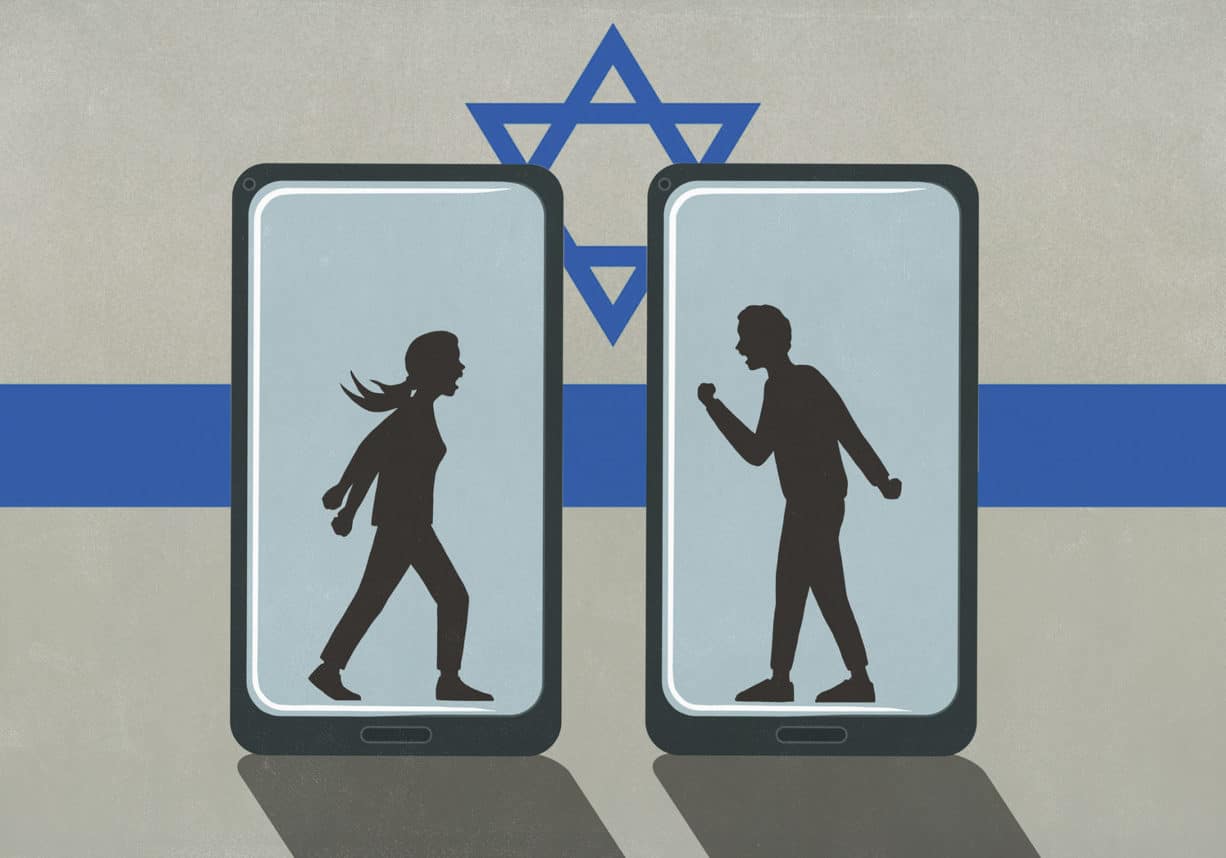

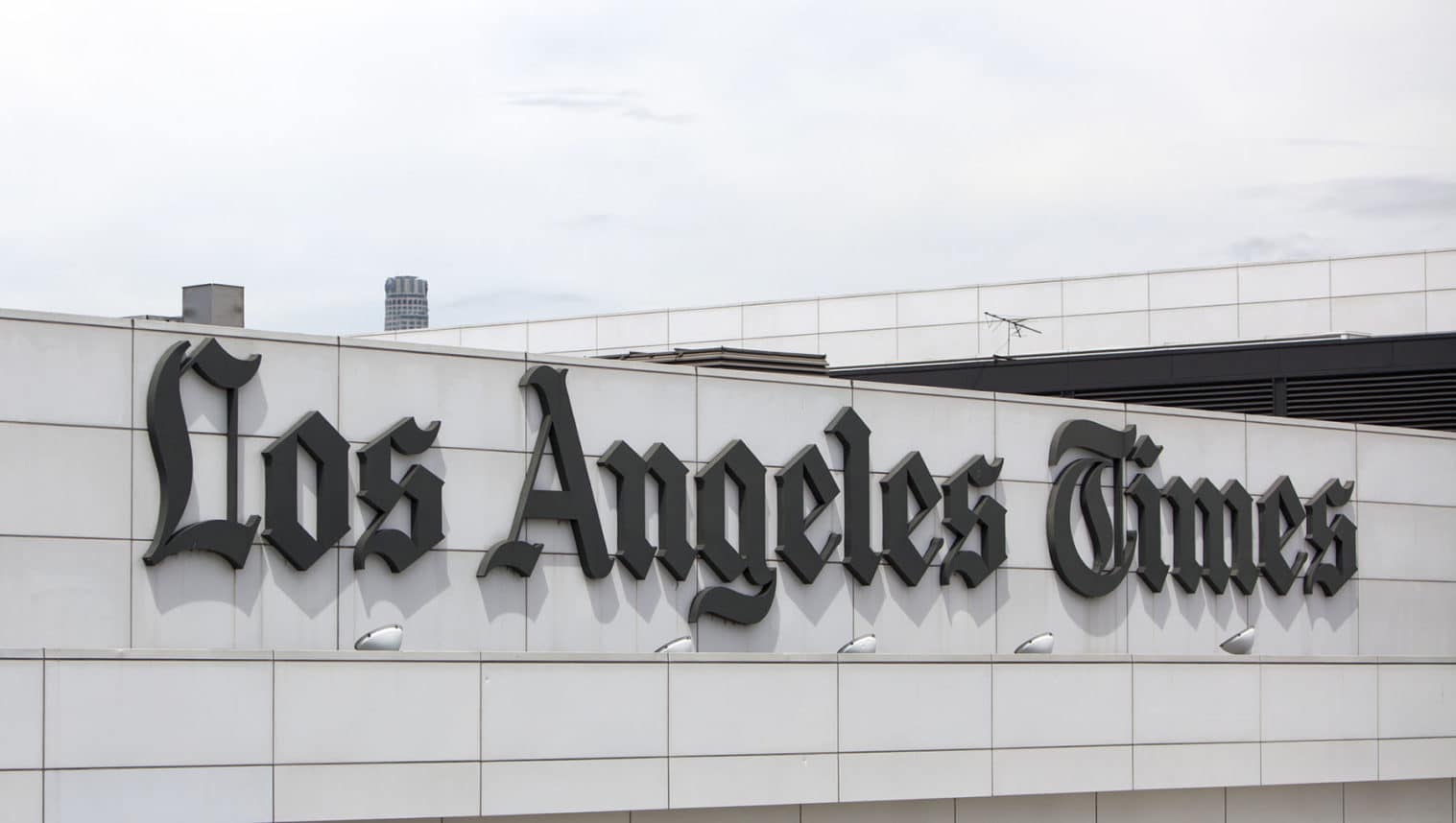
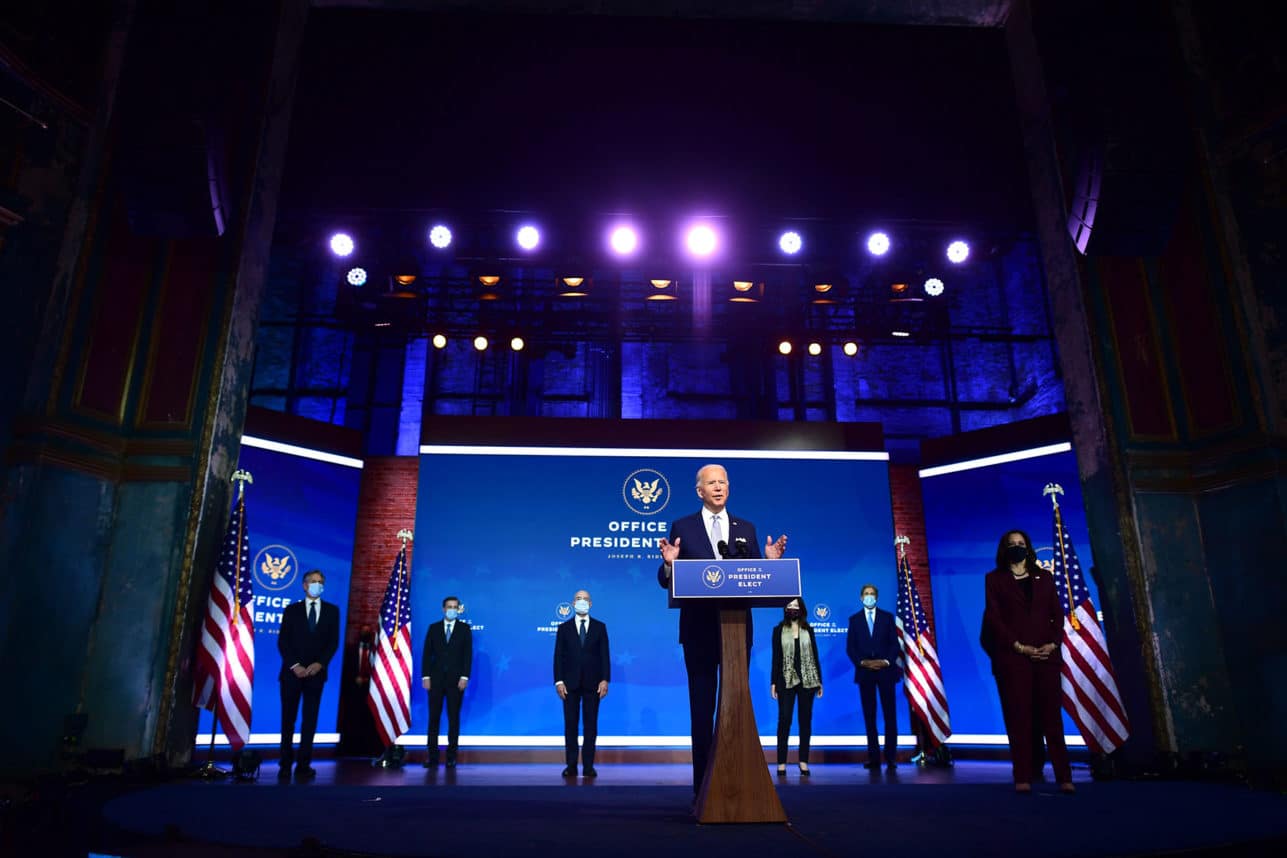




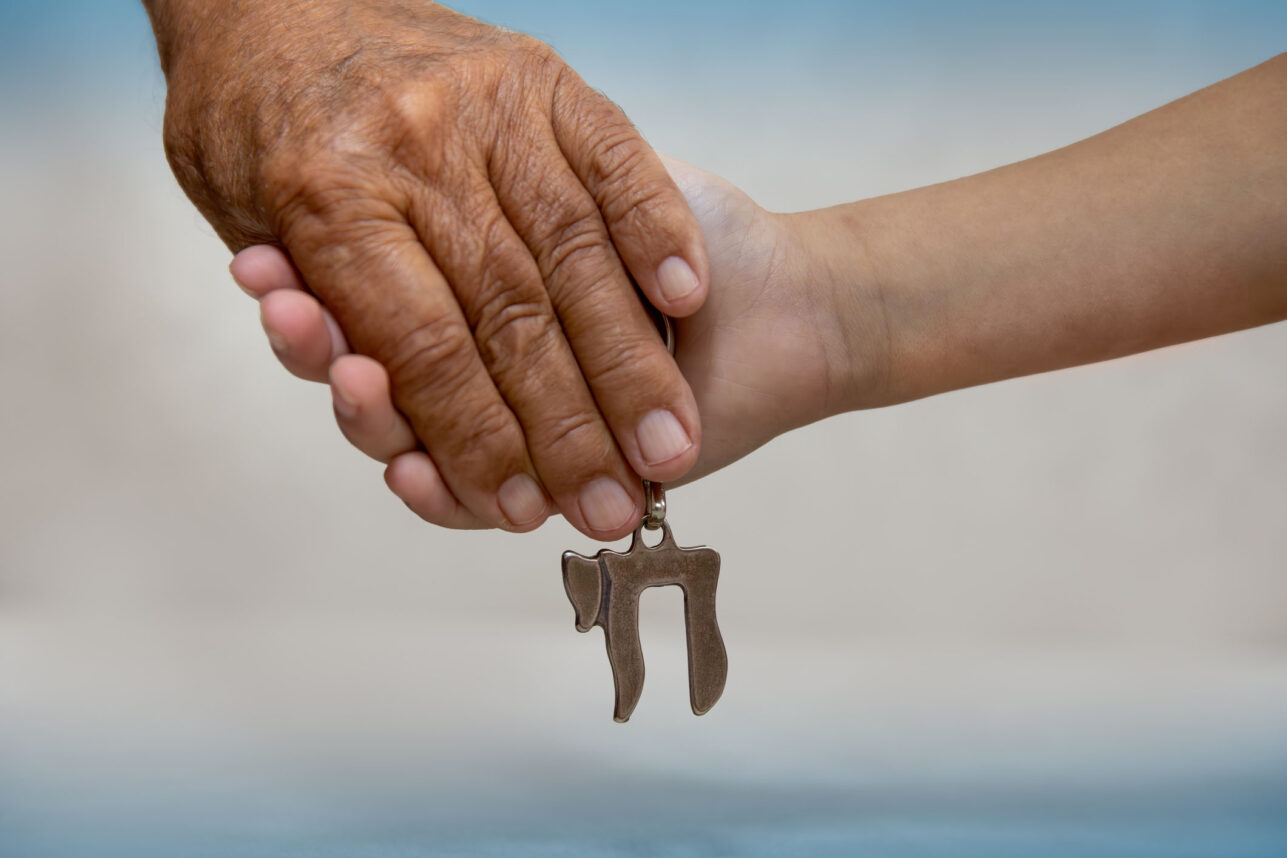
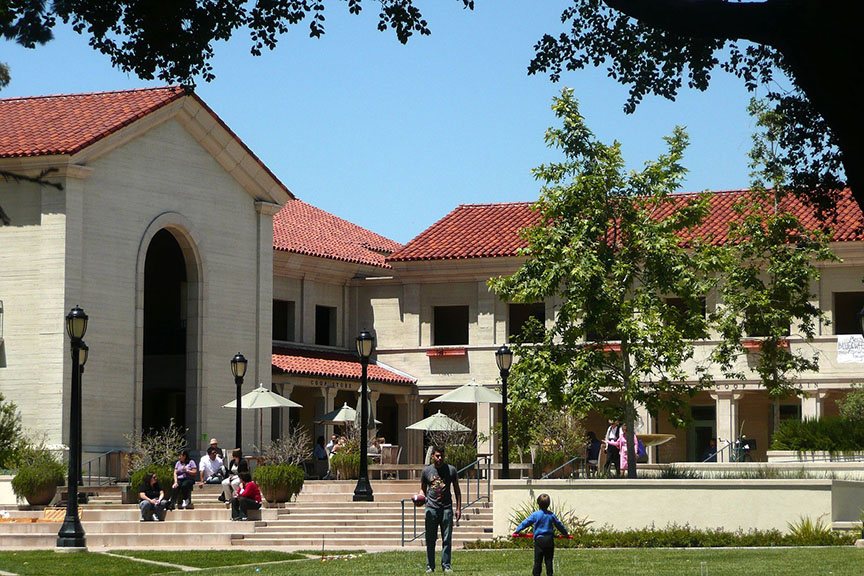

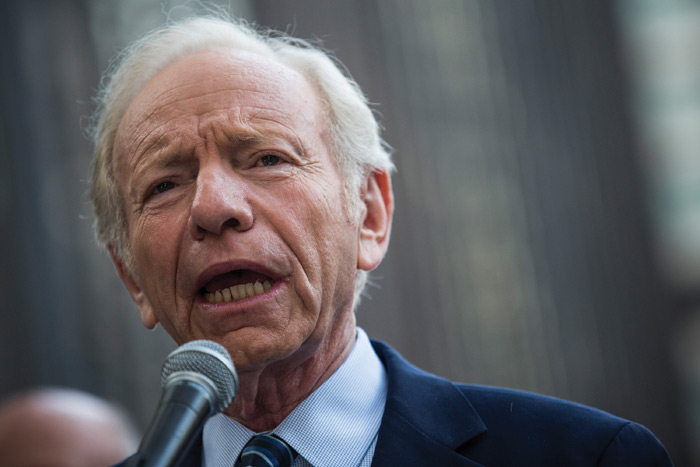

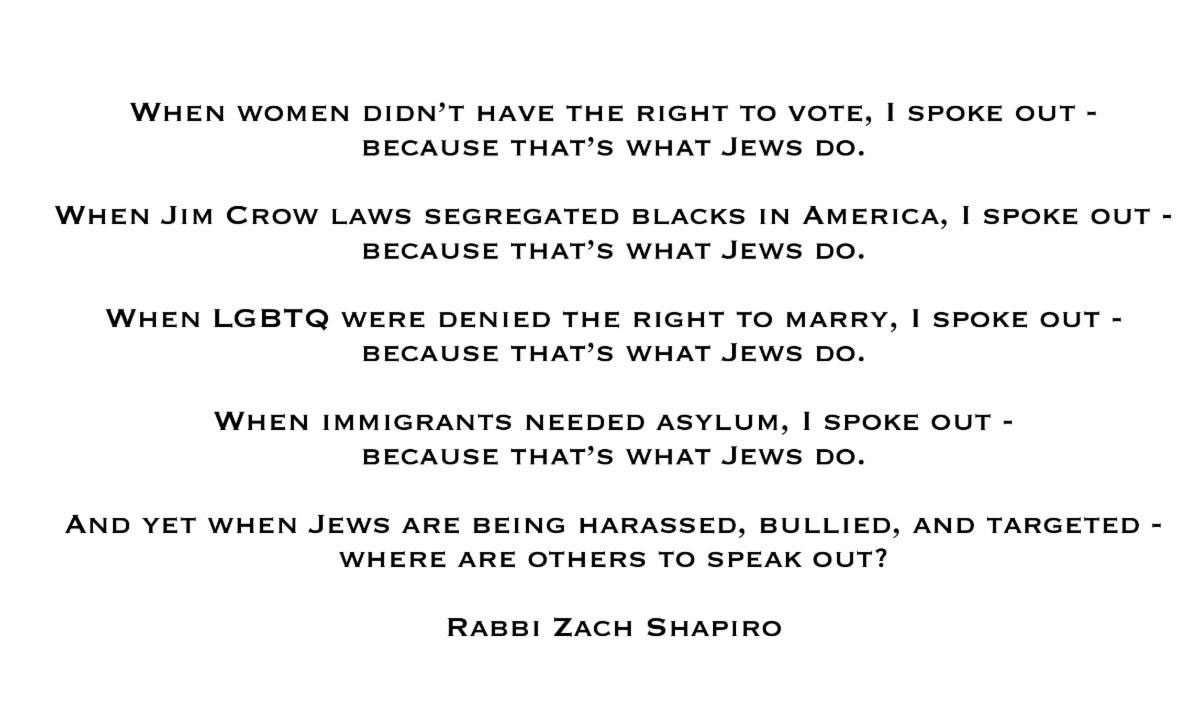

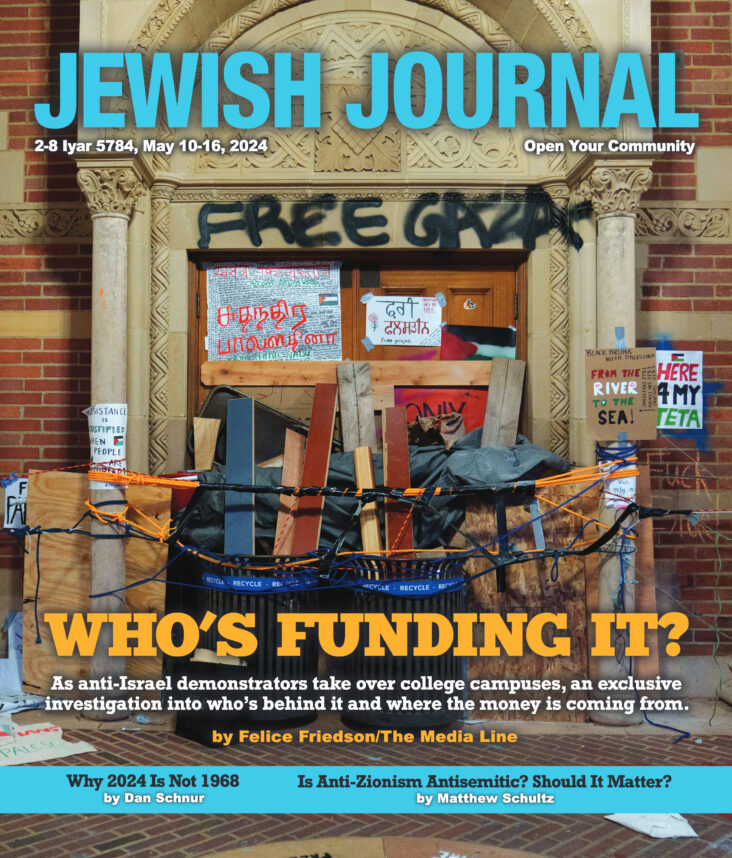
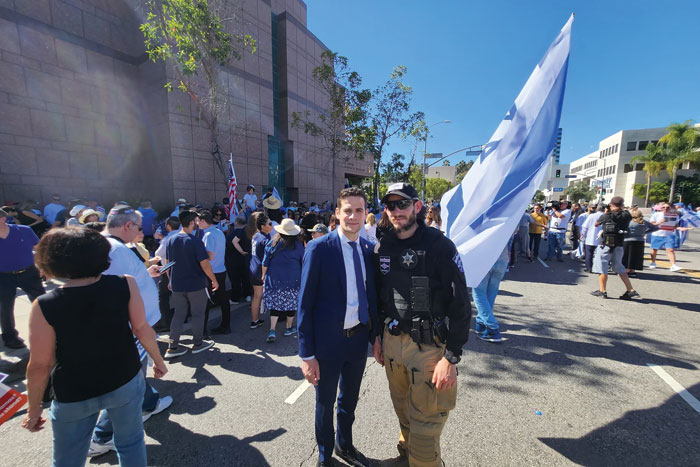
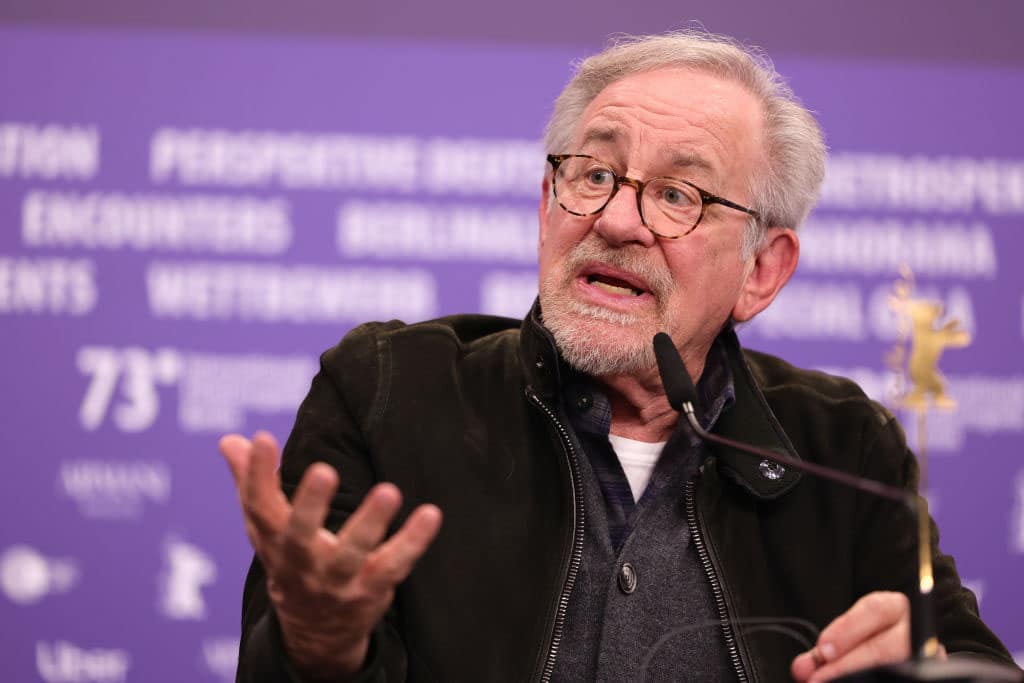



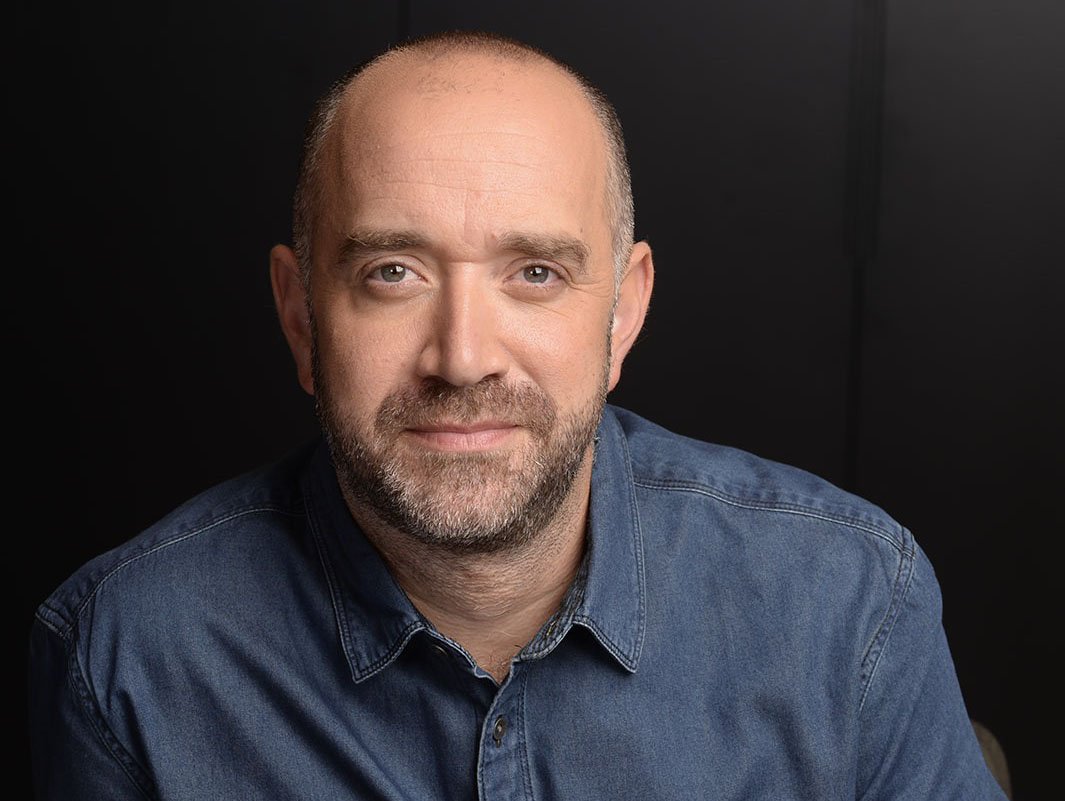
 More news and opinions than at a Shabbat dinner, right in your inbox.
More news and opinions than at a Shabbat dinner, right in your inbox.